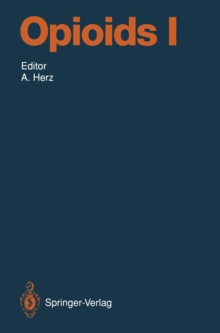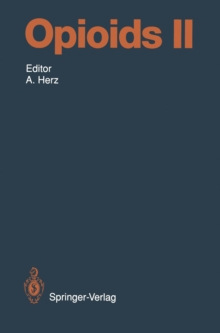
Modern Anesthetics PDF
Edited by Jurgen Schuttler, Helmut Schwilden
Part of the Handbook of Experimental Pharmacology series
Description
Some important constraints of anesthesia must be taken into consideration when the pharmacological properties of modern anesthetics are discussed.
The most imp- tant of these could be that the target effect be achieved preferably within seconds, at most within a few minutes.
Similarly, offset of drug action should be achieved within minutes rather hours.
The target effects, such as unconsciousness, are pot- tially life-threatening, as are the side effects of modern anesthetics, such as respi- tory and cardiovascular depression.
Finally, the patient's purposeful responses are not available to guide drug dosage, because, either the patient is unconscious, or more problematically, the patient is aware but unable to communicate pain because of neuromuscular blockade.
These constraints were already recognised 35 years ago, when in 1972 Volume XXX entitled "Modern Inhalation Anesthetics" appeared in this Handbook Series.
The present volume is meant as a follow up and extension of that volume.
At the beginning of the 1970's anesthesia was commonly delivered by inhalation, with only very few exceptions.
The clinical understanding of that time considered anesthesia as a unique state achieved by any of the inhalation anesthetics, in- pendent of their specific molecular structure. "The very mechanism of anesthetic action at the biophase" was discussed within the theoretical framework of the "u- tary theory of narcosis".
Information
-
Download - Immediately Available
- Format:PDF
- Publisher:Springer Berlin Heidelberg
- Publication Date:08/01/2008
- Category:
- ISBN:9783540748069
Information
-
Download - Immediately Available
- Format:PDF
- Publisher:Springer Berlin Heidelberg
- Publication Date:08/01/2008
- Category:
- ISBN:9783540748069










